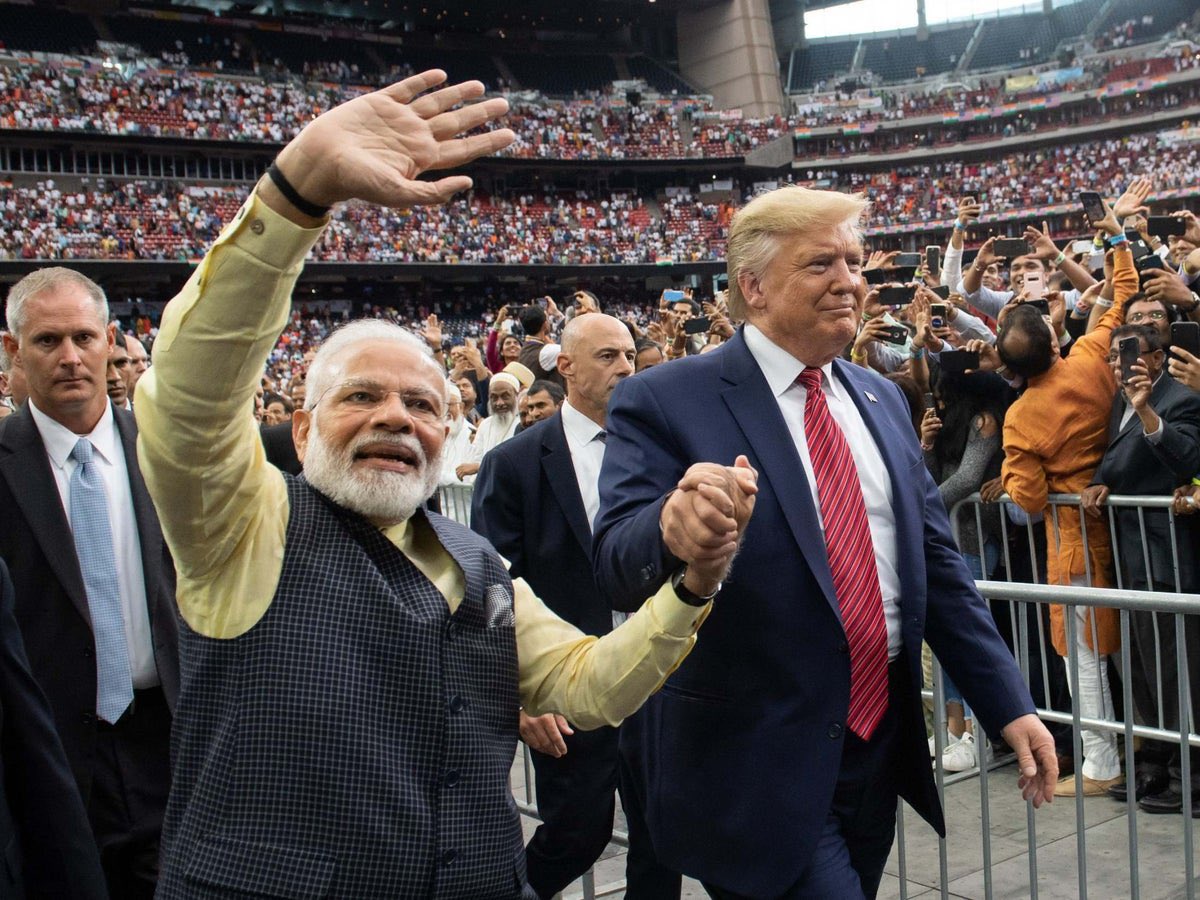Five rounds of trade discussions with the US had convinced Indian officials that a profitable deal with Washington is just around the corner. Such was the confidence that the Indian officials even gave a subtle hint to the media that tariffs on Indian products would be 15%.
Indian negotiators believed that President Donald Trump would announce the deal himself well before the August 1 deadline. But that announcement never came. Instead, India now faces a 25% tariff on its exports to the US starting Friday, along with unclear penalties related to its oil imports from Russia. Meanwhile, the US signed trade deals with Japan, the EU, and even offered better terms to Pakistan.
What Led To The Collapse of Trade Deal?
Officials from both countries told local media that although most technical issues were resolved, a mix of poor political judgment, miscommunication, and growing tensions led to the deal collapsing. These officials also revealed previously unknown details of the negotiations.
The US White House, the US Trade Representative’s office, and top Indian offices such as the Prime Minister’s Office and the Commerce Ministry did not respond to requests for comments.
India believed it had offered major concessions. According to two Indian officials, New Delhi agreed to remove tariffs on industrial goods, which make up around 40% of US exports to India. Despite facing domestic political pressure, India also promised to gradually reduce tariffs on American cars and alcohol within quotas. It agreed to increase its imports of US energy and defence equipment — a key demand from Washington.
“Most issues were sorted out after the fifth round in Washington,” one Indian official said, adding that they expected the US to be flexible about India’s refusal to allow duty-free access to American agricultural and dairy products, which are politically sensitive in India.
Reports Say Donald Trump Expected More Concessions From India
But that assumption turned out to be a serious misjudgment. Trump wanted more.
“A lot of progress was made, but we never reached a deal we were fully satisfied with,” said a White House official. “It never got to a point where we had a deal that we were looking for.”
Indian Prime Minister Narendra Modi, who visited Washington in February, had agreed to aim for a deal by fall 2025 and to double bilateral trade to USD 500 billion by 2030. India also promised to bridge the $47 billion trade gap by buying USD 25 billion worth of US energy and increasing defence imports.
But after Trump spoke positively about a “big” deal, Indian negotiators became overconfident. They toughened their position on agriculture and dairy, believing the deal was close to done.
“We are one of the fastest-growing economies. The US can’t ignore a market of 1.4 billion,” one Indian official said in July. India even asked for relief from the US’s new 10% average tariffs and the removal of duties on steel, aluminium, and automobiles.
Was Trump’s Remarks on India-Pakistan Clashes a Factor In Trade Deal Failure?
Later, when the US closed deals with Japan and the EU, India lowered its expectations and aimed for a 15% tariff deal with fewer concessions. But that wasn’t enough. “Trump wanted a big announcement — more market access, investments, and purchases,” said a Washington insider.
South Korea, for example, avoided the 25% tariff by offering USD 350 billion in investments, agreeing to buy more US energy, and making compromises on rice and beef.
“At one point, both sides were close to signing,” said Mark Linscott, a former US Trade Representative. “What was missing was a direct call between Trump and Modi.”
However, Indian officials said Modi avoided making that call, fearing Trump would pressure him into an unfavourable deal. Also, Trump’s repeated remarks about mediating in the India-Pakistan conflict further soured the atmosphere.
“Those comments didn’t sit well with us,” one Indian official said.
Indian Diplomats Admit Error While Discussing Trade Deal With US
A senior Indian official admitted the Indian team miscalculated. “We didn’t have enough diplomatic support, especially after the US signed better deals with countries like Japan, Vietnam, and Indonesia,” the official said. “This crisis could have been avoided.”
On Tuesday, Trump said he would increase tariffs on Indian imports “very substantially” within 24 hours and accused India of helping fuel the war in Ukraine through its Russian oil purchases.







